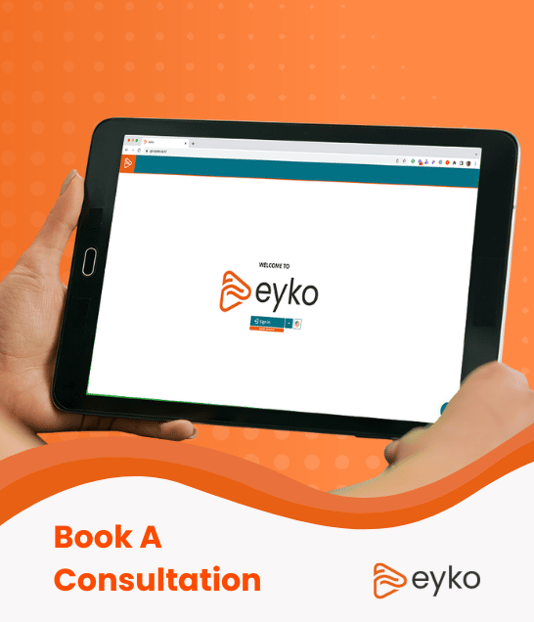What's the Difference Between an AI Chatbot and an AI Assistant?
AI Chatbots Versus AI Assistants and Why it Matters for Analytics
Artificial Intelligence (AI) has revolutionized the way we interact with many applications and websites, particularly through the development of AI chatbots and AI assistants. Though they might appear similar at first glance, they serve distinct purposes and possess different capabilities. Understanding these differences is crucial for leveraging their potential effectively in various applications, especially when applied to analytics.
AI chatbots are typically designed for specific tasks and operate within predefined boundaries. They are programmed to handle particular queries, such as customer service inquiries, booking appointments, or providing information on demand. These chatbots use scripted responses and are adept at managing straightforward, repetitive tasks. Their primary function is to automate interactions that would otherwise require human intervention, making processes more efficient and reducing the workload on human staff.
On the other hand, AI assistants (sometimes called copilots or co-pilots) are more advanced and versatile. They are designed to perform a wide range of tasks, often with a higher degree of personalization and context awareness. AI assistants like Apple's Siri, Amazon's Alexa, and Google Assistant can handle complex queries, learn from user interactions, and provide recommendations based on past behavior. They integrate with various services and devices, enabling them to perform tasks ranging from setting reminders and sending messages to controlling smart home devices and providing personalized news updates.
The eyko AI Assistant
When eyko added the AI Assistant our vision was to provide users with free-form analysis workflow enabling users to have natural language conversations as if they were speaking with a data scientist in real-time. The eyko AI Assistant benefits are as follows:
- Free-form natural language conversations
- Speech to text
- Support for different languages like French, English, and more
- Ability to train or guide the AI Assistant with users' domain knowledge
- Ability to build reports and charts directly within the AI assistant
- Surface insights, trends, patterns, relationships, and more
Here is an example of a free form analytics conversation with eyko on customer invoice data. In this scenario, the business user wants to know if there is a risk on payment delays if the invoice amount is higher than other invoices. The user poses the question with context to train or guide the AI Assistant to understand how to treat empty payment amounts. The result is as follows.

In the above regression analysis, the business user can see that it is smaller invoices that take more days to pay than the larger invoices. This is good news, as there is less risk on larger invoices and less risk on accounts receivable. However, they still want to collect payments on all invoices.
Additional analytics and descriptions of the regression analysis are also provided to the user, as follows:

You can see that the AI Assistant suggests other factors may be impacting the time it takes for a customer to pay an invoice, hence, prompting the human to investigate, in real time another angle.
Building on the regression analysis, the user further trains the AI Assistant with the following question.
"A bad customer can be characterized as a company with low invoice amounts of less than $50,000 and who pay late. Highlight these bad customers by name on the chart, each in a different color, and explain these anomalies."

The AI Assistant enriches the regressions analysis with the following legend to surface the "bad customers".


Continuing on the analysis thread, the user can continue training the AI Assistant to categorize customers based on different dynamics or variables such as invoice amounts and payment time frames.

You can see the eyko AI Assistant can be trained to understand your business and reflect that domain expertise in the analysis.
Furthermore, eyko' AI Assistant can surface insights you didn't know about or think to investigate, ensuring you never miss a key signal.
By simply requesting eyko's AI Assistant surface key insights from sales data the following information is presented such as financial health, customer insights, seller (account executive) insights, invoice payment trends and insights, and finally outstanding invoices. These insights can prompt the business user to make critical and time sensitive decisions to follow up with specific customers on outstanding payments and/or to confer with the sellers to better understand what may be happening with these customers that has delayed invoice payments.

Summary:
The key difference between AI chatbots and AI assistants lies in their scope and adaptability. While chatbots are focused on specific tasks with limited variability, AI assistants are designed to be more assistive, adapting to a wide array of functions and evolving with user preferences. This distinction makes AI assistants more suitable for roles requiring a deeper understanding of context and the ability to learn and improve over time, whereas chatbots excel in scenarios where quick, consistent responses are needed.
eyko's AI Assistant is an excellent showcase of broader capabilities, adaptive learning, and offers a more comprehensive solution and business users who need real-time insights without relying on a data scientist.
To learn more about eyko's AI Assistant you can read this post.
You can also watch the replay of this webinar on how to prepare your date for AI Assistants also known as Co-pilots or Digital Assistants.
Share this
You May Also Like
These Related Stories

The Rise of Digital Assistants in Organizations

An introduction to assistive chat with eyko

